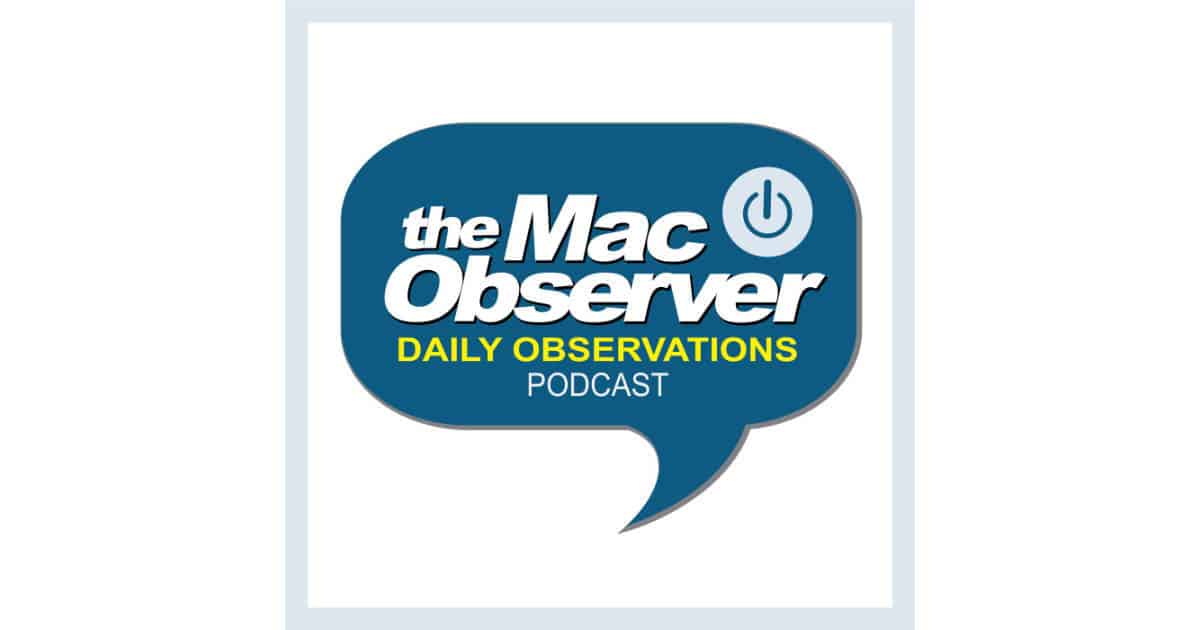iPhone 14 Plus Fails at Failing – TMO Daily Observations 2023-03-22
Since its introduction, most in the tech press have deemed iPhone 14 Plus a failure. New numbers indicate otherwise, leaving most in the tech press to question how Apple got it so wrong? No. That doesn’t make sense. TMO writer Nick deCourville and Ken will discuss it. Plus – Google Bard goes bigger and a very convincing Steve Jobs chatbot.
